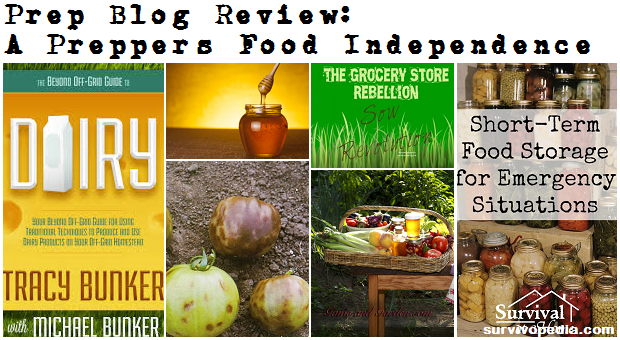With wars and conflicts looming at all corners, the best strategy for any prepper is self-reliance, and food independent is the first step to make.
There’s nothing quite as liberating and reassuring as knowing you don’t depend on a supermarket, the economy or the government to put food on the table today or the next month.
This week we gathered the best articles that will give you some ideas on how to go the independence way.
1. What Is Milk Kefir?
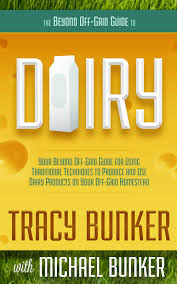
Milk kefir (pronounced kee-fir or keh-fir) is a cultured, fermented milk beverage that originated in the Caucasus Mountains of Russia. The original definition of the word kefir was- “good feeling”, probably because milk kefir makes you feel just plain good.
Kefir is a microbial-rich drink that works by restoring the inner ecology of your system. Strains of beneficial bacteria and yeast work together to make kefir a shot of antibiotics to your gut. ”
Read more on Process Driven.
2. How To Harvest Honey Using An Extractor
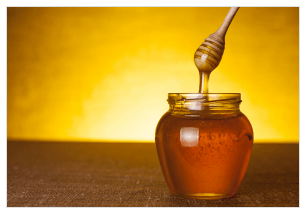
This is a question that most aspiring and novice beekeepers don’t know the answer to. If you’re curious to learn the answer, read on…
I had my first honey harvest of the year this past weekend, and I took pictures of the major steps along the way in order to create this primer and de-mystify things.”
Read more on Peak Prosperity.
3. Short-Term Food Storage for Emergency Situations
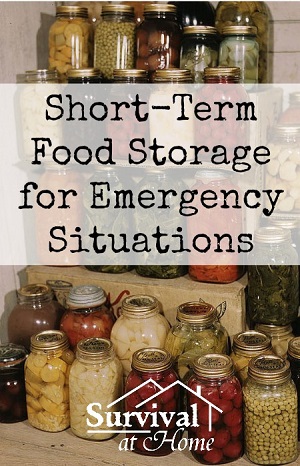
I would argue that you don’t necessarily know the emergency situation that may arise which could limit or totally inhibit your ability to do any of those.
Then what? Without any food stored away, you could be in dire trouble.
Forward thinking preppers always plan ahead for situations when you may need an emergency food supply.
What you store and how much you’ll need will completely depend on your family’s needs and tastes.”
Read more on Survival at Home.
4. Sow Revolution: Join The Grocery Store Rebellion
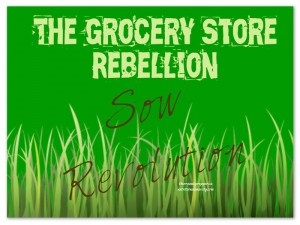
I went through my pantry and realized, darn it, that we still purchase about 25% of our food at the supermarket. Another 25% or so comes from bulk vendors.”
Read more on The Organic Prepper.
5. Preserving: Everything You Need to Know About Canning, Drying, or Freezing
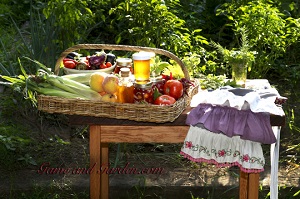
People think that canning or drying foods is scary and difficult, but just the opposite; it is healthy and easy. When you can, dry, and freeze the produce you have grown, you know absolutely everything that has gone into those vegetables and fruits.”
Read more on Game and Garden.
6. How To Diagnose A Tomato Disease
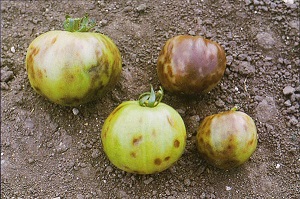
When I’ve got a tomato problem I turn to Texas A&M AgriLife Extension’s Tomato Problem Solver.
What makes it handy is all the pictures. They’ve pretty much covered every tomato disease in pornographic detail.”
Read more on Root Simple.


